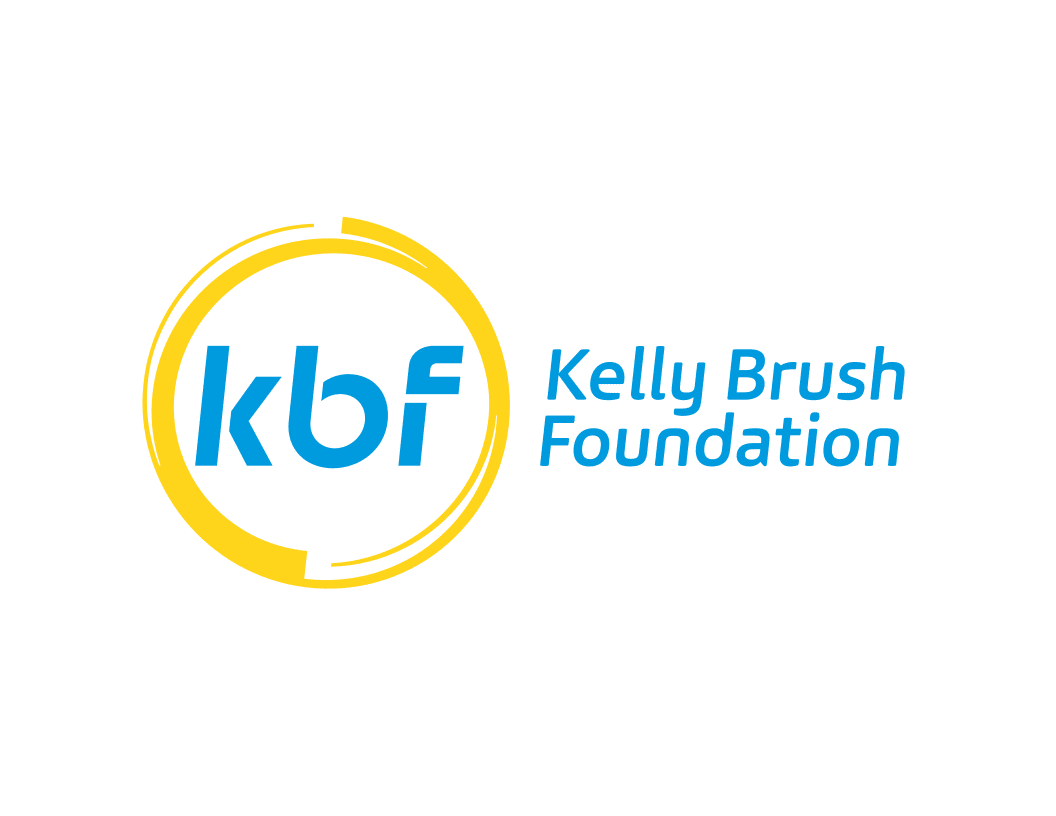In Kelly’s Words – Disabilities in Pop Culture
In the last month there have been a few representations of disability in the media and they’ve made me think about pop culture’s depiction of disability, and more importantly, the popular reaction.
There are two main instances that I’m going to be referring to. The first is when Ali Stroker, a woman with a spinal cord injury who uses a wheelchair full-time, won a Tony Award for her role in the Broadway revival of Oklahoma!The second is an episode of Queer Eye that featured Wesley Hamilton, a guy with a spinal cord injury who also uses a wheelchair full-time.
Whenever there is a representation of someone with a disability on TV or in the public spotlight there is always a discussion within the disabled community about this representation and the portrayal of people with disabilities. And it’s often negative and conflicting. The criticism is usually centered around how disabilities are being represented: positively or negatively; propagating stereotypes or breaking them; increasing or decreasing stigmas. Are they representing the disability as the defining characteristic of the person? Many feel that showing people with disabilities in these contexts represents ableism—a condescending attitude of the able-bodied community—and that the struggles and challenges that those with disabilities face are inherently “worse” or less desired than those without disabilities.
In the Queer Eye episode, Wesley constantly talks about how his injury and resulting disability were a blessing in disguise and that he is so much better off now and such a better person than he was before his injury. He doesn’t go as far as to say he wouldn’t change what happened, but that is certainly implied. I think this is great! He is showing his life as a wheelchair user and telling people that it’s great.
It shows real life and real struggles. The episode focuses on his small, largely inaccessible house, finding clothes that fit, reaching things in the grocery store, etc. I don’t think focusing on those “negatives” to living in a wheelchair is bad. He is saying that despite all of these things his life is still amazing and (OK now I’m editorializing…) those are small and pretty insignificant things in the big picture. This episode went deeper than the superficial and touches on issues of identity more strongly.
As for the other recent example, I have known about Ali Stroker for a few years and I have watched as she has broken her way into stage acting. What I really is that she’s playing a role that is not designed for someone in a wheelchair. The role she plays in Oklahoma!has always been played by someone able-bodied. So when she was cast in this and when people watch her every night in this role, there is no mention of her disability or how that changes the role, it’s the same role, she just happens to be in a chair for it. Similarly, when she won the Tony Award for this role, she won that on her merits as a singer and actor not because she is in a wheelchair.
All that said though, in both of these situations, when you are in the public eye and in a wheelchair (or with some other kind of disability) you are, whether you like it or not, representing the disabled community.
To me, that doesn’t mean you have to do anything other than be you. And when someone is shown on a show, etc. it doesn’t mean they have to represent this community perfectly or entirely, they are just another example of someone with a disability. The more times the world can see positive examples of people with disabilities, the more disabilities are normalized. This is the whole point!
Ali was the first person in a wheelchair to win a Tony Award (which is so cool) but the next time this happens it won’t be so novel. The more and more we can see examples like Ali and Wesley, the less new it seems and the more “normal” it becomes to see people with disabilities. And as this becomes more normal and people see more of these positive examples of disabilities, the less shocking and horrifying it may seem when they, or someone they know, has an accident that leads to them being disabled. I guess it will always be a big deal if someone sustains, for example, a spinal cord injury. But if that person and their family has seen or knows several other people who also have spinal cord injuries and are thriving, the prospect of their future will seem much less ominous.
The more positive associations with disabilities that we can have in this world the better.
Dylan and Nell update:
Nell is turning into a little person! The first couple months she was cute and fun but minimally interactive. In the last few weeks it seems like she has started to play so much more, reach for toys, chew on things, and really love to interact with people. This has been really fun to watch for Zeke and me and especially fun for Dylan who loves to play with and entertain Nell. Dylan is great with her though definitely pushes the boundaries to see what is OK – we get a lot of arm pulling to move her, rolling Nell over, and “pats” on the belly or back to try to sooth her. But in all honesty, Dylan really is very sweet with Nell and constantly says that she loves her. Dylan’s latest favorite activity at daycare is getting extra dirty in the sandbox–she tells me that she and [insert friend-of-the-day’s name here] threw dirt at each other today—and she has come home just covered in dirt! After she takes a bath and the water drains there is still a coating of dirt in the bathtub. This is what I’d always hoped for with raising a kid in Vermont!
